To follow legislation and to participate effectively in the legislative process, citizens should be familiar with the various documents that set parameters by which the General Assembly operates. These documents include the Constitution of Virginia, the respective bodies’ Rules, and other policies and procedures.
First, the Constitution of Virginia is the fundamental law of Virginia. In 1970, the current Constitution was adopted by the voters of Virginia. Since then, there have been various amendments that were also agreed to by the voters. As the fundamental law, the Constitution sets forth the overall structure of Virginia’s government, including the powers and duties of the General Assembly. In addition, the Constitution states that each house of the General Assembly shall have its own rules of procedure.
The constitutional framework that sets the foundation for how the Virginia General Assembly is established and operates to consider legislation and ultimately pass laws for the citizens of the Commonwealth of Virginia is found within Article IV of the Constitution of Virginia. Specifically, Article IV Section 11 focuses on the various stages of how a bill becomes a law from introduction to enactment, including requirements for bills to be printed, referred to a committee, have three constitutional readings, and have a recorded vote on passage. In addition, this section cites specific special vote requirements for passage or to waive constitutional provisions.
Second, Article IV, Section 7 sets out a provision whereby “[e]ach house shall elect its officers and settle its rules of procedure.”Therefore, at the beginning of each legislative session coinciding with a general election of a respective house, various legislative rules are adopted: Rules of the Senate of Virginia and Rules of the Virginia House of Delegates. Further, at the beginning of every legislative session, the Senate and House adopt a legislative joint resolution (referred to as the procedural resolution) that sets a calendar of deadlines and other guidelines applicable to the Senate and House specific to that session.
Often, each house may create policies that are not written into a chamber’s respective rules or may operate under the auspices of consistent and past practices unique to the body over a specific period of time.
Finally, each house uses other legislative parliamentary manuals to give guidance in situations where the Constitution, Senate or House Rules, custom and practice of the bodies, respective legislative policies, or joint procedural resolutions fail to provide answers for the resolution of issues. Cited as secondary parliamentary resources in either one or both chamber’s legislative rules are A Manual of Parliamentary Practice by Thomas Jefferson and Manual of Legislative Procedure by Paul Mason (1898–1985). Mason was a scholar who worked for the California State Senate and is best known for writing Constitutional History of California in 1951 and Manual of Legislative Procedure in 1935. Mason’s Manual of Legislative Procedure was assigned copyright ownership to The National Conference of State Legislatures (NCSL) by Mason prior to his death.
